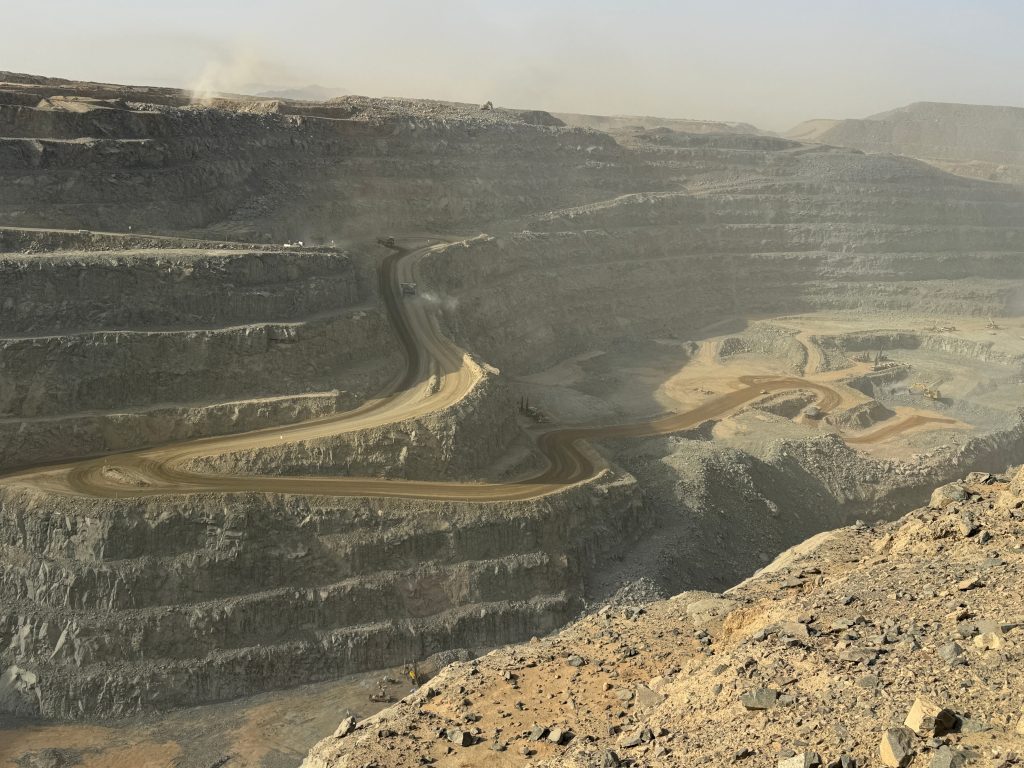Saudi Arabia is at the forefront of diversifying the Middle East’s economy by emphasizing the mining and production of base metals, a sector traditionally overshadowed by the region’s oil and gas dominance. This strategic shift is inspiring neighboring countries to expand their roles in the base metals markets.
With vast untapped copper reserves, Saudi Arabia is actively exploring for copper, gold, and zinc. A notable move in the sector was the purchase of a 10% interest in Vale’s base metals division by Manara Minerals, a collaborative enterprise between Saudi mining giant Ma’aden and the country’s Public Investment Fund, for $2.5 billion in 2023. This partnership is expected to bolster Vale’s copper output well beyond its current levels.
Despite these developments, copper consumption within Saudi Arabia has not surged as anticipated, even with major infrastructure initiatives linked to the nation’s Vision 2030 poised to be copper-heavy. However, a document from Invest Saudi in 2020 anticipated a 3.7% annual growth in the country’s copper demand. Additionally, Glencore’s involvement in constructing Saudi Arabia’s first copper smelter, which is set to have a 400,000-tonnes-per-year capacity, signifies the sector’s potential.
Experts express mixed opinions on how Saudi investments might influence the global copper market, with some suggesting that the country’s consumption is relatively modest in comparison to larger nations. Furthermore, finished copper product imports may not be fully captured in raw trade data, as the country tends to import manufactured goods that incorporate copper.
While Saudi Arabia’s population of roughly 36 million and the UAE’s 9 million may limit their global market impact, the construction sectors in these countries are less likely to drive copper usage to the extent seen in nations like China.
As for nickel, Saudi Arabia’s strategic pivot away from oil is set to invigorate local demand and support international mining ventures, especially with substantial investments in nickel-intensive industries. Manara Minerals’ investment in Vale’s base metals unit is projected to significantly increase nickel production. Vision 2030’s multibillion-dollar investments in new steel and electric vehicle plants, including an EV battery factory, are poised to elevate nickel demand, as the metal is a key component in over 80% of these industries.
Conversely, there hasn’t been a notable rise in steel consumption within Saudi Arabia, despite ambitious projects underway, such as The Line, Trojena, and The Red Sea development.
On the zinc front, Saudi Arabia is progressing with several mining initiatives aiming to boost zinc concentrate and refined zinc output. The Khnaiguiyah zinc-copper project, among others, is expected to contribute significantly to production by 2025. Smelting investments, such as the copper and zinc smelter in Yanbu with a combined annual capacity of 300,000 tonnes, coincide with a tightening global zinc concentrates market.
The London Metal Exchange (LME) plans to register a new copper and zinc warehouse in Saudi Arabia, addressing imbalances in the location of on-warrant zinc stock, which is currently concentrated in Asian warehouses.
In contrast to the global trend, demand for primary aluminium is on the rise in Saudi Arabia, particularly due to increasing needs in the cable and electrical sectors. This contrasts with Europe, where demand has been subdued. The Middle East-North Africa (MENA) region is becoming more significant for Europe, especially after domestic energy and demand-related capacity curtailments.
Alumina producers in the region are also extending their reach to secure international supplies. Emirates Global Aluminium (EGA) and the Saudi Arabian Mining Company (Ma’aden) operate the only two alumina refineries in the Middle East, with EGA focusing on development in Guinea due to limited local bauxite reserves. Ma’aden utilizes domestic bauxite, highlighting a contrast in resource availability within the region.
